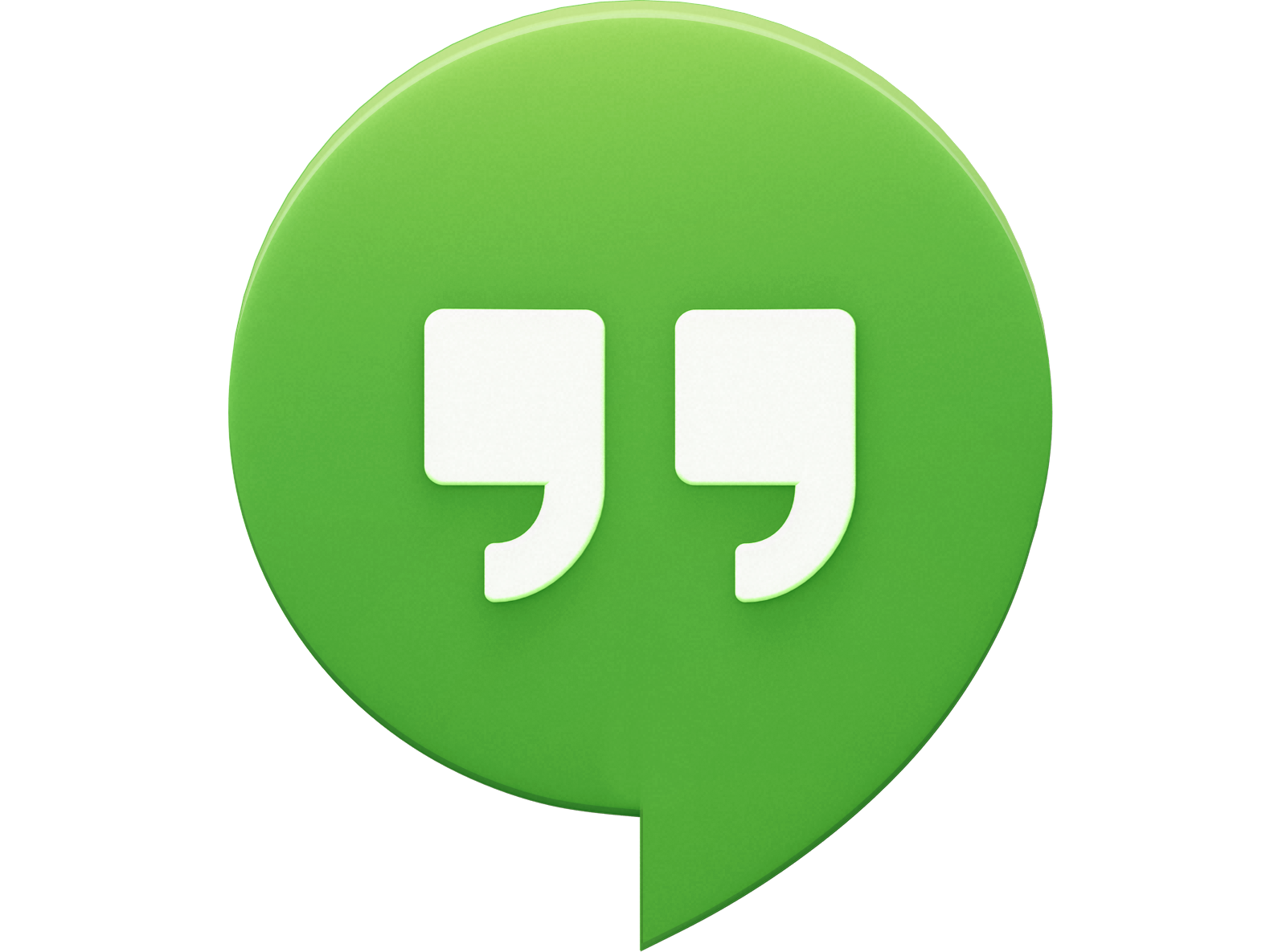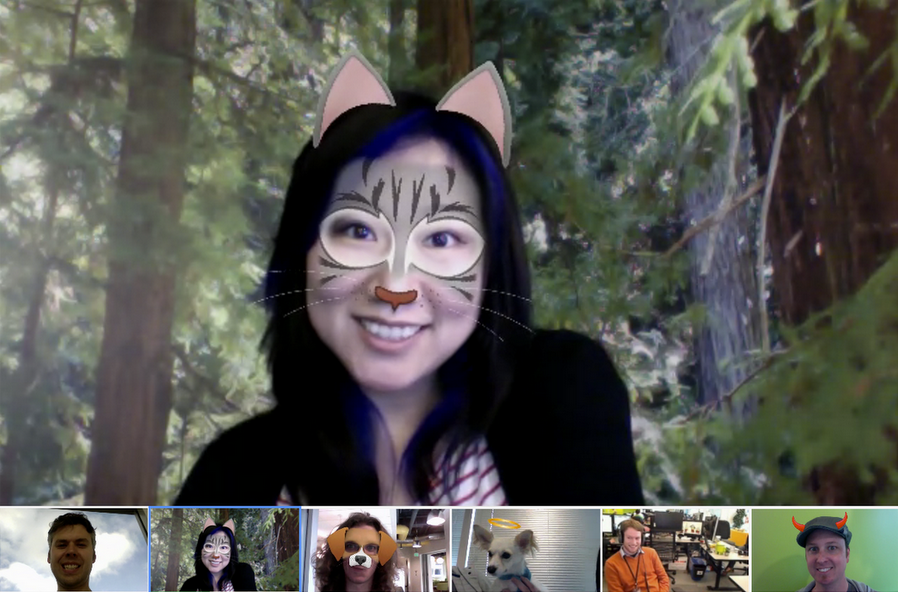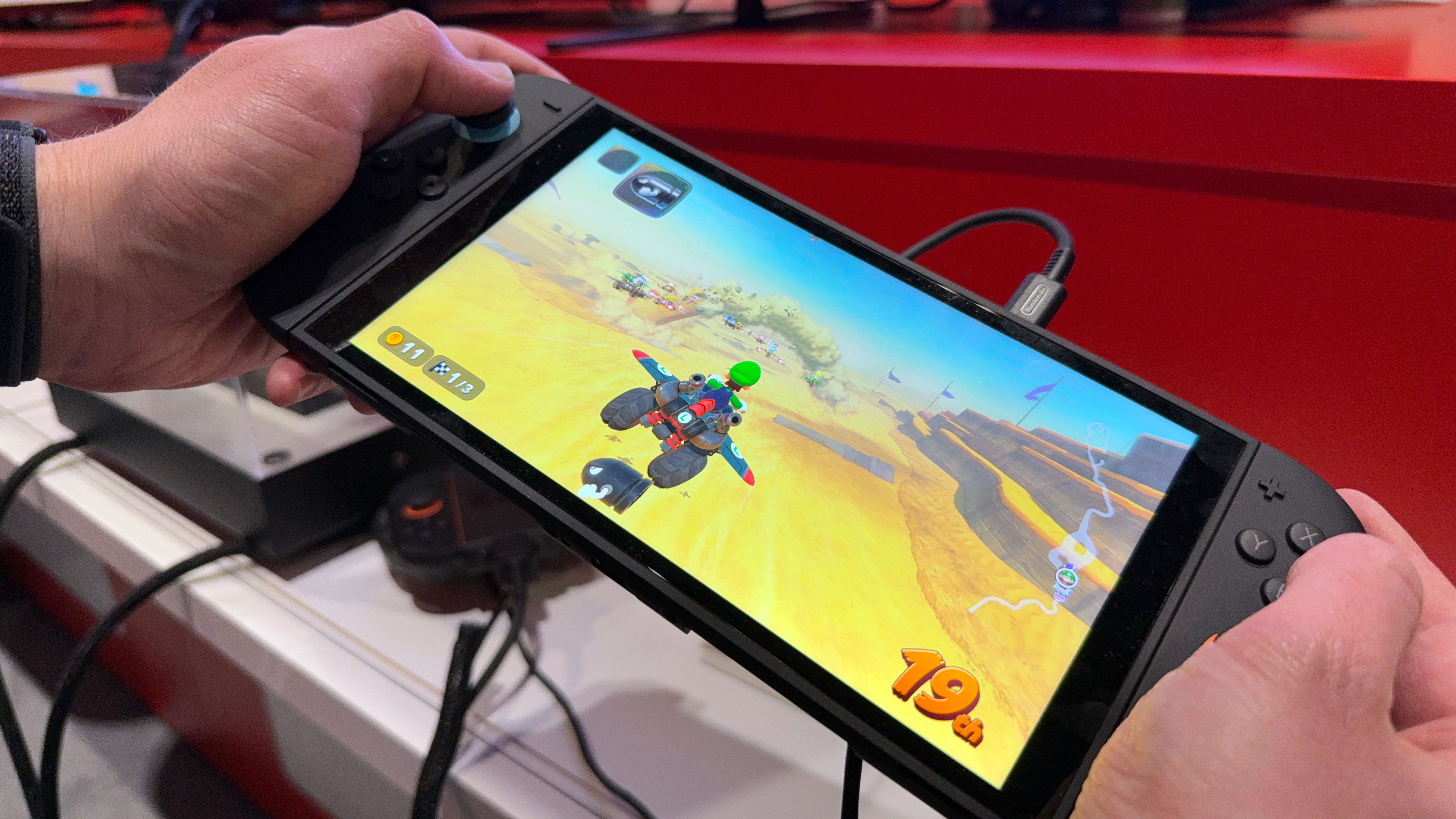Google Upgrades Hangouts with 720p Video
Google is moving to use WebRTC in Hangouts.


For users of Google's Hangouts social tool, bumping up the video quality to 720p is undoubtedly good news – friends and family just got a little clearer. But what's even better is what Google plans to implement later on down the road: open standards and a plugin-free video experience.
GigaOM reports that Google quietly began rolling out 720p video in Hangouts to a subset of its users over the last several weeks, and is looking to be completely upgraded soon. More specifically, the current Hangout video codec is transitioning from H.264 to VP8, an open and royalty-free video codec Google initially launched back in 2010. This transition will be "more or less" invisible to Hangout users other than cleaner video and the ability to conduct video Hangouts in HD.
MORE: 10 of the Best Free VoIP Apps for Your Desktop
According to Google’s Vice President of Engineering Chee Chew, Hangouts in HD wasn't possible using the H.264 codec because handling HD streams from ten participants would have required too much processing power. Using the VP8 codec means Google can dish out higher-quality streams at low bit rates, an important feature for mobile video chats.
However as previously indicated, the upgrade is just one step up in a bigger scheme to provide streaming video without the need for a browser plugin. Eventually the company will switch over to WebRTC as previously indicated when Hangouts was first launched two years ago. The standard has yet to be implemented because, according to Chew, WebRTC simply needed to mature. The company also wanted to focus on optimizing the overall experience first, which includes perfecting those silly effects that rely on facial recognition.
Chew told GigaOM in an interview that transitioning over to WebRTC will likely take several more months, but once in place, the standard should provide an even more immersive video chat experience. He explained that when video becomes a native HTML element, the team will have an easier time making subtle improvements and adding overlays.
Moving to the new VP8 codec is especially important to Google because it means the company no longer relies on Vidyo's implementation of the H.264 codec. The two companies originally teamed up to provide video chat in Google Talk, and continued their business relationship when Google launched Hangouts and eventually merged Talk into the newer platform.
Sign up to get the BEST of Tom's Guide direct to your inbox.
Get instant access to breaking news, the hottest reviews, great deals and helpful tips.
Surprisingly, Vidyo CEO Ofer Shapiro actually seems to get why Google is moving to another solution. "The need to install something is somewhat of a barrier [to the use of video chat]", he acknowledged. However, the company isn't completely out of the Hangouts picture: Vidyo plans to support WebRTC and open video codecs starting with VP9.
For clarification, Scalable Video Coding (SVC) is an enhancement to the base H.264 video codec that was specified in Annex G. SVC "standardizes the encoding of a high-quality video bitstream that also contains one or more subset bitstreams". Google used Vidyo's implementation of SVC in Hangouts up until the new VP8 codec rolling out now. Google will use Vidyo's SVG tech again for VP9 and the joint plugin-free WebRTC effort.
Kevin started taking PCs apart in the 90s when Quake was on the way and his PC lacked the required components. Since then, he’s loved all things PC-related and cool gadgets ranging from the New Nintendo 3DS to Android tablets. He is currently a contributor at Digital Trends, writing about everything from computers to how-to content on Windows and Macs to reviews of the latest laptops from HP, Dell, Lenovo, and more.
-
Yuka I friggin' hate how they changed GTalk to Hangouts in Android.Reply
It's MOTHER FRIGGIN bad. Really.
Way to make something useful and simple bloated and complicated to use.
Cheers! -
teh_chem Wish google would upgrade hangouts to be google talk again.Reply
Hangouts is terrible. It does not make me want to use it. -
Niva I actually like the new Hangouts better, but I wasn't much of a GTalk user before... what was lost that people are trashing this?Reply
That being said Google did IMO severely cripple their Navigation software for cars when they rolled it into Google Maps. Now it is unintuitive and can't just go into "car" mode without providing a destination which is extremely lame. Maybe I'm using it wrong but before it was just a matter of bringing it up and it was useful, now not so much at all. -
teh_chem @NivaReply
How funny, we have contradicting opinions on maps navigation!
What I notice in hangouts vs. gtalk is that hangouts is no longer an instant-message-oriented thing. You can also no longer set your status manually (only "mute" notifications). Hangouts on android devices is extremely frustrating because it did not properly show your chat contacts (and was just a mishmash of your G+/gmail contact list). The main purpose for "IM" is to talk to someone instantly. But with Hangouts, you don't know if your contact is actually online and available to chat (for example, their status might be denoted as amber, but you don't know if it's because they briefly stopped using their computer, or have "muted" their notifications for 2 days--in one situation, they'll get your IM immediately (if they're briefly away), in the other they won't get it until 2 days later, but you'll never know.
I found the dumbification of Maps/navigation actually simpler to use. I never sawa purpose of designating the transportation mode unless needing navigation directions--so migrating that option to navigation makes sense. Although I don't like how it's now an outlet to throw commercialized ads at you (based on location, you may like "this" nearby).
I do NOT like how maps removed the zoom in (+) and zoom out (-) buttons. I wonder if it was a way to discourage people from using their device while driving (because without the buttons, you cannot zoom in and out with a single hand--you need to hold the phone, then pinch to zoom).
